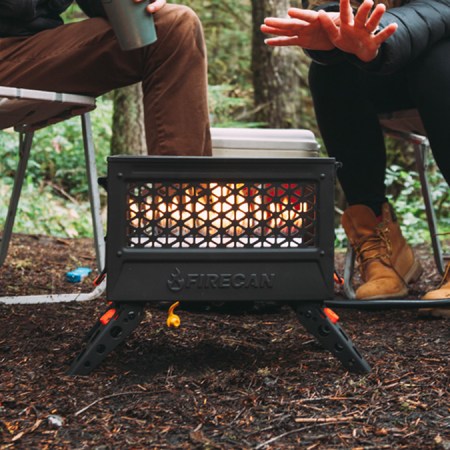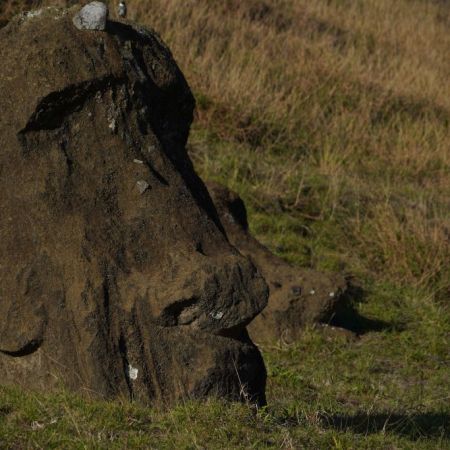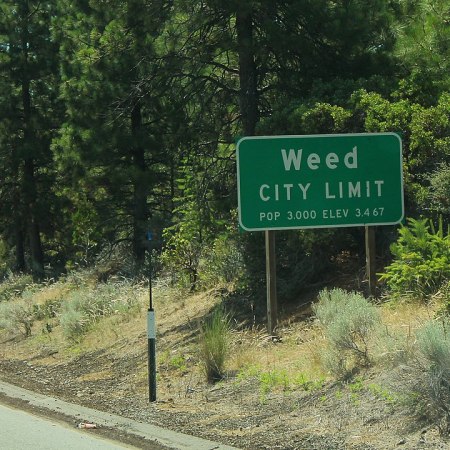Fires can be devastating to outdoor spaces. Paradoxically, they can also be vitally important to them. A National Geographic article on the phenomenon notes that fires can dispose of “dead grass, fallen tree branches, dead trees, and thick undergrowth.” With these out of the way, forests and other wild spaces can grow back stronger and more vital than before.
This is among the reasons why controlled burns — also known as prescribed burns — have a long history. Hundreds of years ago, Indigenous residents of the Americas engaged in the practice. As Minnesota’s Department of Natural Resources notes, controlled burns can also be used as a way to deal with invasive species. Provided controlled burns can be properly managed, they’re an important tool in the sustained health of numerous regions.
What happens when a controlled burn doesn’t go as planned? Writing in The Guardian, Gabrielle Canon explored one example of this, which recently took place in Oregon and led to the arrest of Rick Snodgrass, the United States Forest Service officer in charge of the burn.
The issue here was that, despite years of careful planning, some of the fire — which targeted a region of the Malheur National Forest — crossed into private property, leading that land’s owner to call 911. Snodgrass was arrested, though the article notes that “[p]rosecutors haven’t filed charges against Snodgrass yet, pending investigation.”
The larger issue here is whether or not this could lead to a decline in the use of controlled burns in the future. It’s not hard to see why the prospect of jail time if things go wrong could tamp down on the use of the practice. But it also begs the question of whether there’s another way forward. It’s a case that bears keeping an eye on.
Thanks for reading InsideHook. Sign up for our daily newsletter and be in the know.


















